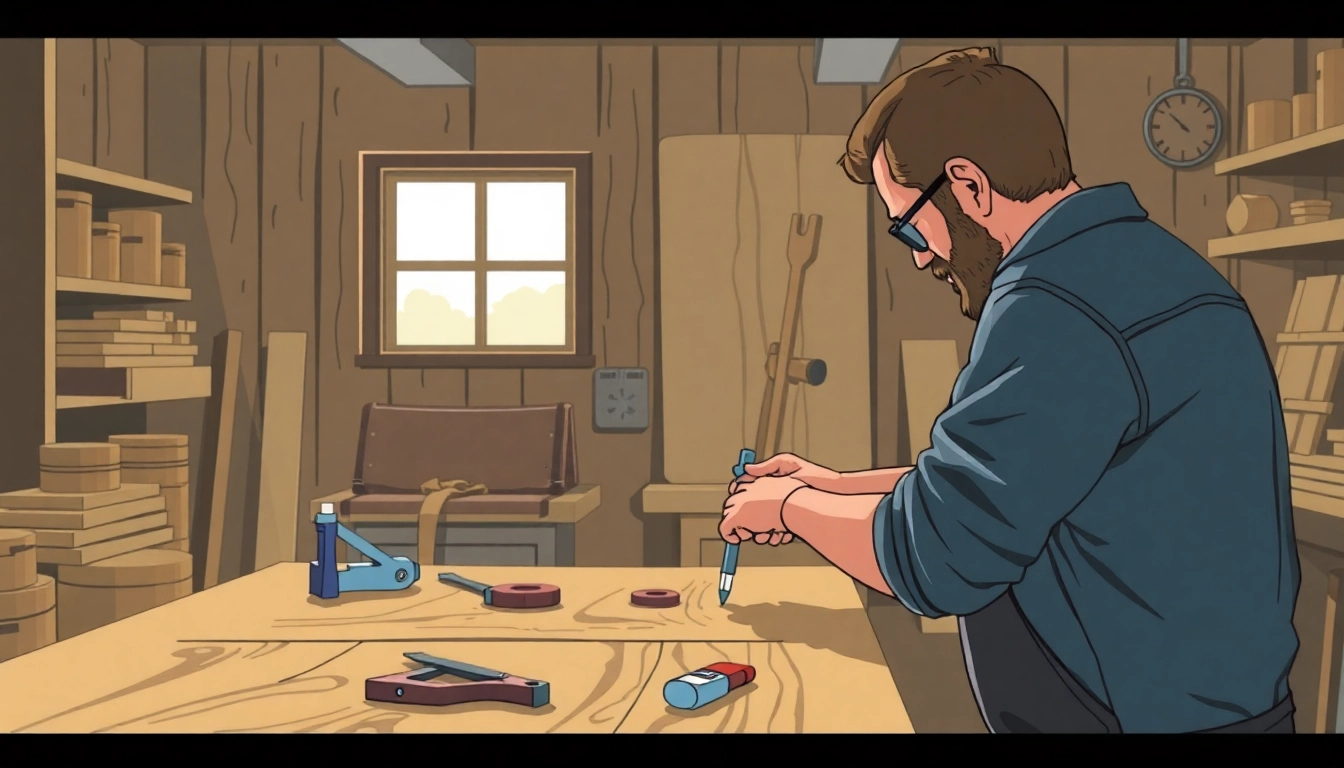Understanding Deck Construction: The Basics
Creating a beautiful outdoor space starts with understanding the foundational aspects of deck construction. Decks not only enhance the aesthetics of your property but also provide a functional area where you can relax, entertain, and enjoy nature. In this comprehensive guide, we will delve into what deck construction entails, the materials commonly used, and how to assess your backyard for the perfect deck installation.
What is Deck Construction?
Deck construction refers to the process of building a flat, outdoor surface that is raised above the ground, usually attached to a house or a structure. The fundamental goal of deck construction is to create a safe, durable platform that can support various activities such as social gatherings, cooking, and leisure activities. Proper deck construction also ensures compliance with local building codes and safety regulations, which can vary based on location.
Common Materials Used in Decking
Choosing the right materials is crucial in ensuring the longevity and aesthetics of your deck. Here are some of the most common materials used in deck construction:
- Pressure-Treated Wood: Known for its durability and resistance to rot, pressure-treated wood is a popular choice for deck frames.
- Composite Decking: Made from a blend of wood fibers and plastic, composite decking is low-maintenance and resistant to fading and staining.
- Redwood and Cedar: These natural woods are not only beautiful but also resistant to decay and insects, making them excellent choices for decking.
- Aluminum: Lightweight and rust-resistant, aluminum decks can withstand harsh weather conditions and are suitable for various styles.
Assessing Your Backyard for Deck Installation
Before beginning any construction, it’s essential to evaluate your backyard. Factors to consider include the slope of your yard, existing landscaping, and proximity to trees or other structures. Proper assessment ensures that your deck design complements your outdoor space and adheres to local zoning regulations, which can impact height and location.
Key Steps in the Deck Construction Process
Planning Your Deck Layout
Effective planning is the cornerstone of any successful deck construction project. Start by sketching your plan to scale, indicating where the deck will be located in relation to your home. Consider the sun’s path, existing outdoor features, and the intended use of the deck.
Gathering Necessary Tools and Materials
Make a checklist of all the tools and materials needed for your deck project. This might include:
- Tools: Circular saw, drill, hammer, level, tape measure, and safety gear.
- Materials: Wood or composite decking, fasteners, joists, beams, concrete for footings, and any finishing materials like railings or stains.
Building the Foundation: Footings and Beams
The foundation is critical for structural integrity. Begin with digging post holes for your footings, ensuring they meet local building codes. Once the concrete sets, install the beams, which are the horizontal structures that will support the joists and decking above. Proper leveling and alignment are essential for a stable structure.
Advanced Techniques for Deck Frame Construction
Installing Joists: Best Practices
Joists are the backbone of your deck, running parallel to the house and supporting the decking. Best practices for installing joists include ensuring they are spaced evenly (typically 16 inches apart), using joist hangers for additional support, and treating the ends of the joists to prevent rot.
Exploring Different Deck Shapes and Designs
Decks can come in various shapes and sizes, including rectangular, circular, or multi-tiered designs. Choosing a deck shape that complements your home and landscape will enhance both functionality and appearance. Consider integrating features such as built-in seating, planters, or different levels to maximize space.
Handling Challenging Terrain for Deck Construction
Building a deck on uneven or steep terrain can pose challenges. Techniques such as using posts with adjustable heights or embedding footings deeper into the ground can help stabilize the structure. If necessary, consult with professional contractors who specialize in deck construction on challenging landscapes.
Finishing Touches: Enhancing Your Deck
Selecting the Right Decking Material
The type of decking material selected significantly influences both aesthetics and maintenance. Consider factors such as durability, cost, and maintenance needs when choosing between wood, composite, or aluminum. Each material has its benefits and drawbacks.
Applying Finishes and Sealants for Longevity
To protect your deck and improve its lifespan, applying a sealant or stain is essential. Look for products specifically designed for the type of material used in your decking. Regular application can prevent moisture damage, fading, and wear from UV exposure.
Incorporating Lighting and Accessories
Enhancing your deck with lighting can create a warm, inviting atmosphere for evening gatherings. Consider installing recessed lighting, string lights, or lanterns. Accessories like outdoor furniture, grilling stations, and decorative elements can also elevate the overall look and functionality of your deck.
Maintenance and Safety in Deck Construction
Regular Inspections: What to Look For
Maintaining the safety and longevity of your deck involves regular inspections. Key areas to focus on include:
- Checking for loose boards or railings
- Examining the condition of the decking material for signs of rot or damage
- Inspecting the hardware and connections for rust or weakness
Safety Measures During Deck Construction
During construction, follow safety protocols to prevent accidents. Equip yourself with safety gear like gloves, goggles, and a hard hat. Ensure that tools are in proper working condition, and keep your work area clear of obstacles.
Repairing and Maintaining Your Deck Over Time
Regular maintenance is key to the longevity of your deck. Tasks include cleaning the surface to prevent mold, reapplying sealants as needed, and replacing damaged boards promptly. Seasonal check-ups can save you from major repairs in the long run.
As you embark on your deck construction journey, remember the importance of planning, material selection, and regular maintenance to ensure your outdoor oasis remains a safe and beautiful space for years to come.



